The Stockholm Telephone Tower, an iconic structure once visible in the skyline of Sweden’s capital, was a groundbreaking piece of technology in the late 19th century. It served as a central hub for telephone lines in the city and was integral to the early stages of communication infrastructure. Constructed in 1887, the tower connected thousands of telephone lines and remained an essential part of Stockholm’s telephone network until 1913. Its history, however, is not only a testament to technological progress but also a reflection of the challenges faced during a time when telephone communication was still in its infancy.
Introduction to the Stockholm Telephone Tower
The Stockholm Telephone Tower, known as Telefontornet in Swedish, was constructed in 1887 as a part of the city’s emerging telephone network. At the time, telephone service was still a rarity, with few homes and businesses able to afford a telephone line. The structure was designed to house the city’s expanding network of phone lines, which eventually numbered around 5,500. Located prominently in the city, it became an unmistakable landmark in the Stockholm skyline and played a crucial role in connecting the city’s residents and businesses through this new technology.
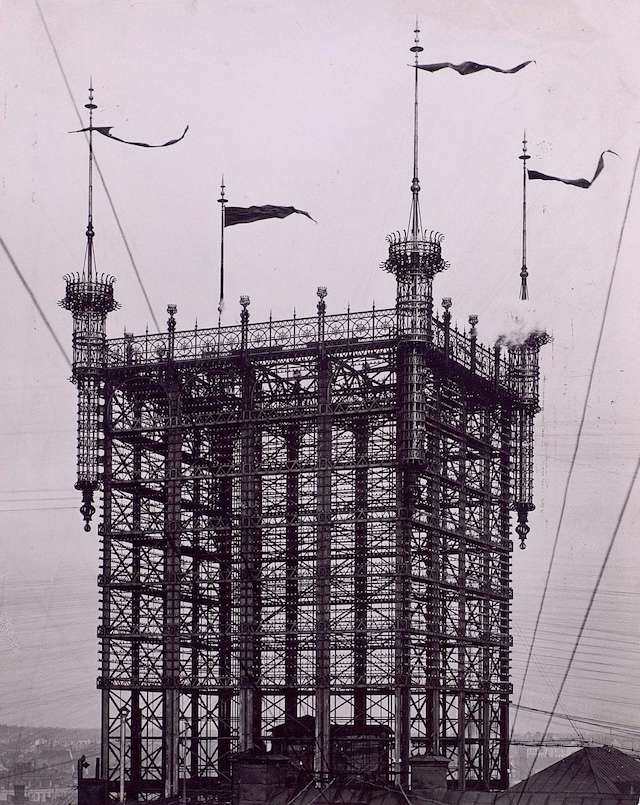
Video
Watch this video to discover Sweden’s incredible Telefontornet phone network and how it connected thousands of phones in the 1890s!
The Construction and Design of the Tower
The Stockholm Telephone Tower was an impressive feat of engineering. Standing 240 feet tall, it was made of metal and constructed to support an array of telephone lines that stretched across the city. Unlike modern systems where lines are buried underground, these early telephone lines were suspended in the air, often leading to unsightly and hazardous networks of wires. The tower itself was designed to carry hundreds of phone lines, serving as a vital hub for communication in Stockholm.
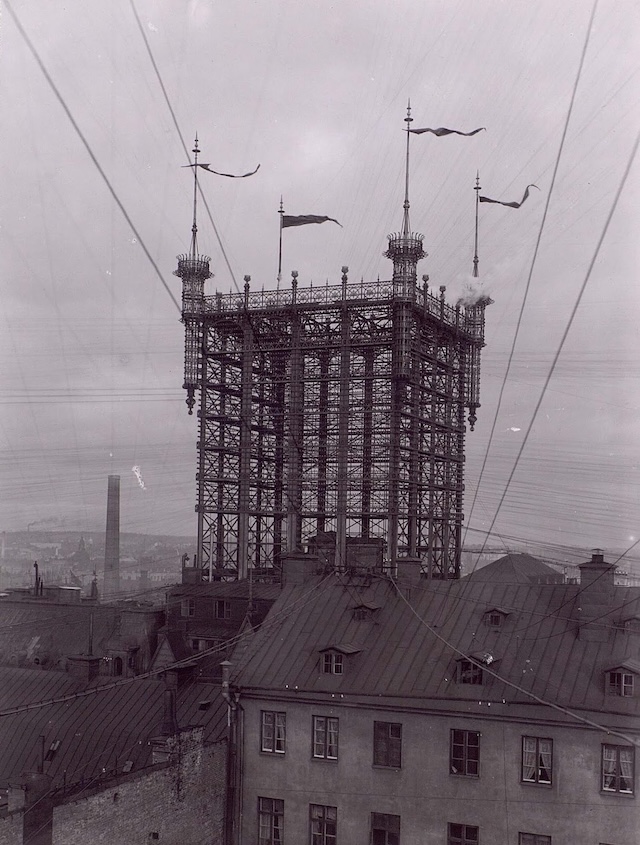
The Telephone System of the 19th Century
During the late 1800s, the telephone was still a new invention, and the concept of undergrounding telephone cables had not yet been fully realized. Engineers and technicians were still grappling with the technical limitations of early telephone systems. Each telephone needed its own individual line, which had to be strung between homes, businesses, and a central exchange where calls were manually connected by operators.
This rudimentary system, while innovative for its time, had its drawbacks. The sheer number of individual telephone lines required elaborate towers like the Stockholm Telephone Tower to manage the network. These towers became both a symbol of progress and an eyesore for many, especially during the harsh Swedish winters when the wires were particularly vulnerable to the elements.
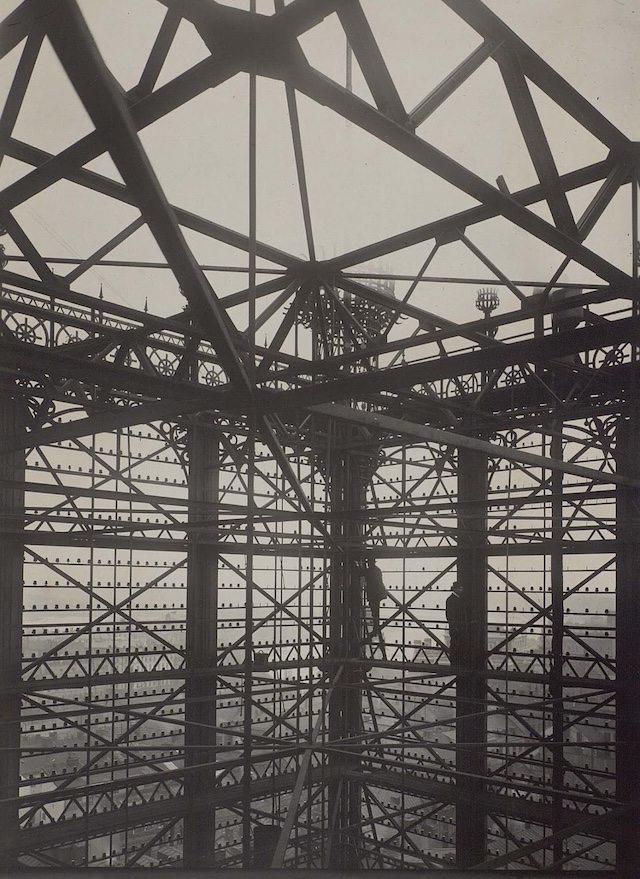
The Rise of the Tower and its Role in Stockholm’s Communication
As the central hub of Stockholm’s telephone system, the Stockholm Telephone Tower was a marvel of its time. The tower connected thousands of telephone lines, making communication more accessible, albeit in a somewhat cumbersome and visible manner. The vast number of lines crisscrossing the city was both a technological achievement and a logistical challenge. People in Stockholm had to adjust to a new, albeit strange, reality where these large structures dotted the urban landscape.
The tower became a prominent part of the city’s identity, visible from almost every corner of Stockholm. However, the technology was still evolving, and over time, the use of the telephone tower became less necessary. As the city progressed and telephone cables were gradually buried underground, the once-innovative tower began to lose its relevance.
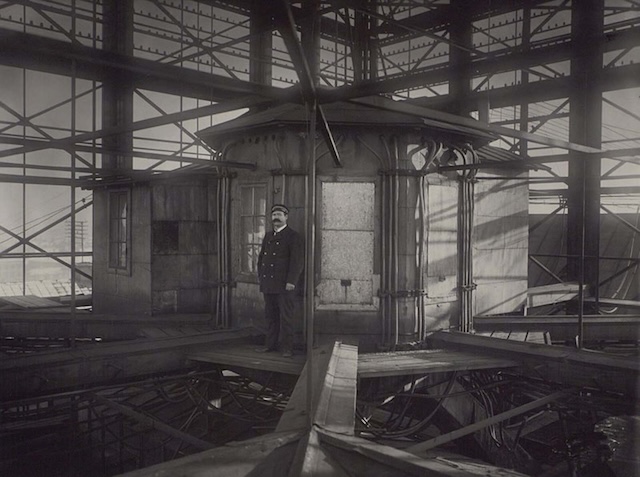
Challenges Faced by the Early Telephone Network
The early telephone network was not without its challenges. The fragile and exposed telephone lines were susceptible to damage from a variety of factors, including high winds, ice storms, and fires. The network was particularly vulnerable during the winter months when heavy snow and ice could cause the wires to snap or become tangled. Additionally, the sheer number of exposed wires made the system prone to fires, with one such fire in 1952 causing significant damage to the telephone tower.
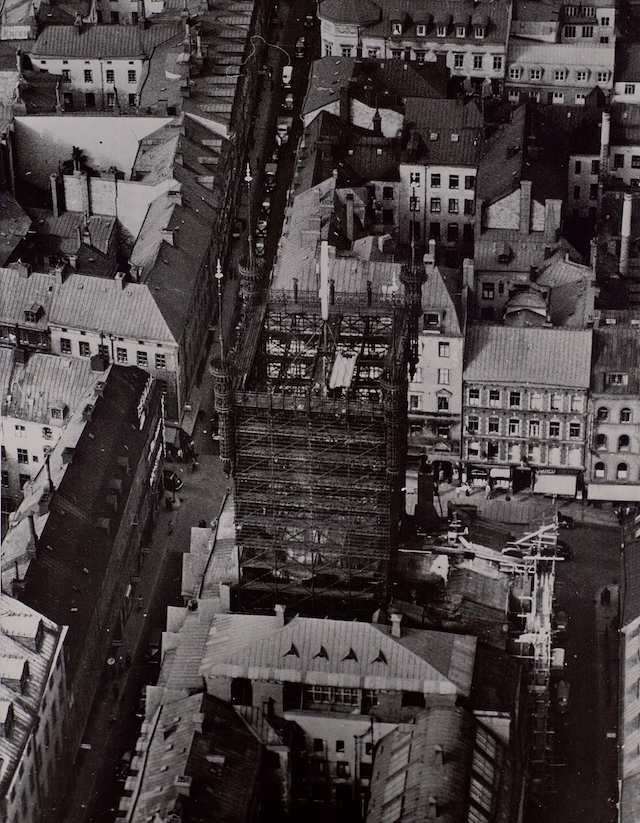
While these technical limitations were frustrating, they were also part of the growing pains that came with pioneering new technology. Despite these challenges, the telephone network continued to evolve, and engineers began to develop more reliable and efficient ways of connecting people.
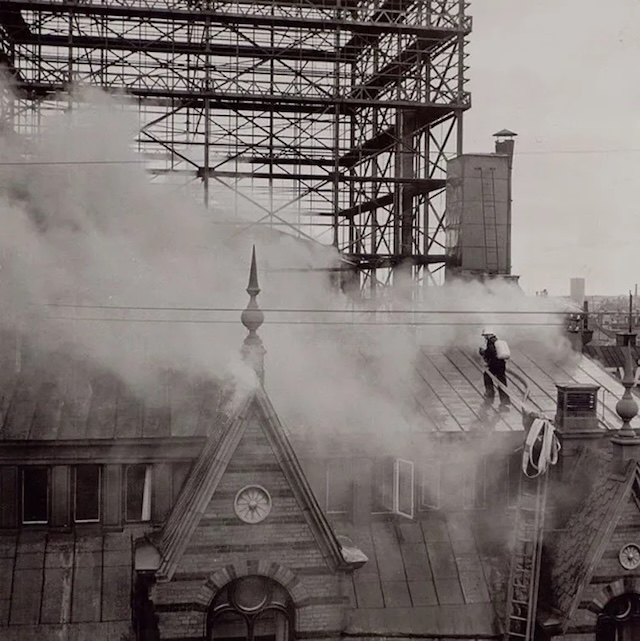
The End of the Stockholm Telephone Tower
By 1913, the technology had improved enough that the telephone tower was rendered obsolete. The once-vital structure was no longer necessary as underground telephone lines became more common, making the tower redundant. The telephone company decided to decommission the tower, and it was no longer in use for its original purpose.
In the years that followed, the tower was repurposed as an advertising billboard, a final attempt to make use of the structure before its eventual demolition. In 1953, after another fire severely damaged the tower, it was torn down, marking the end of an era in Stockholm’s communication history.
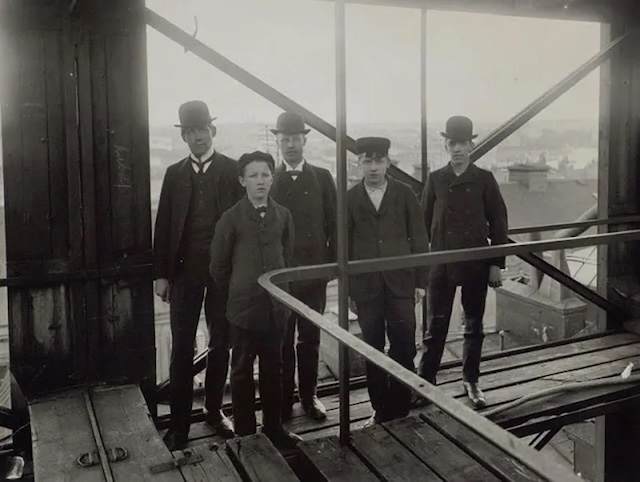
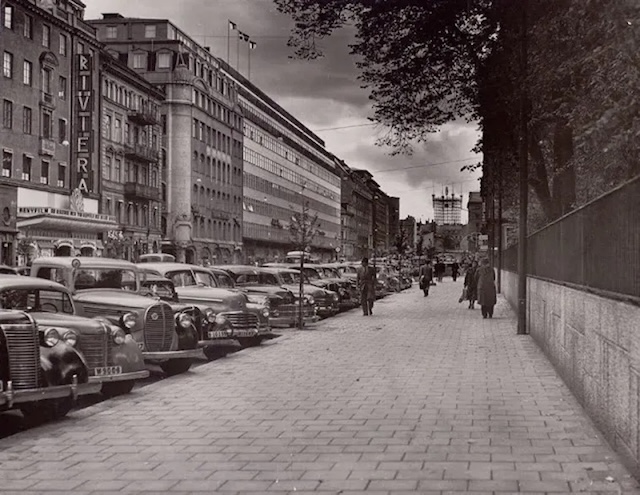

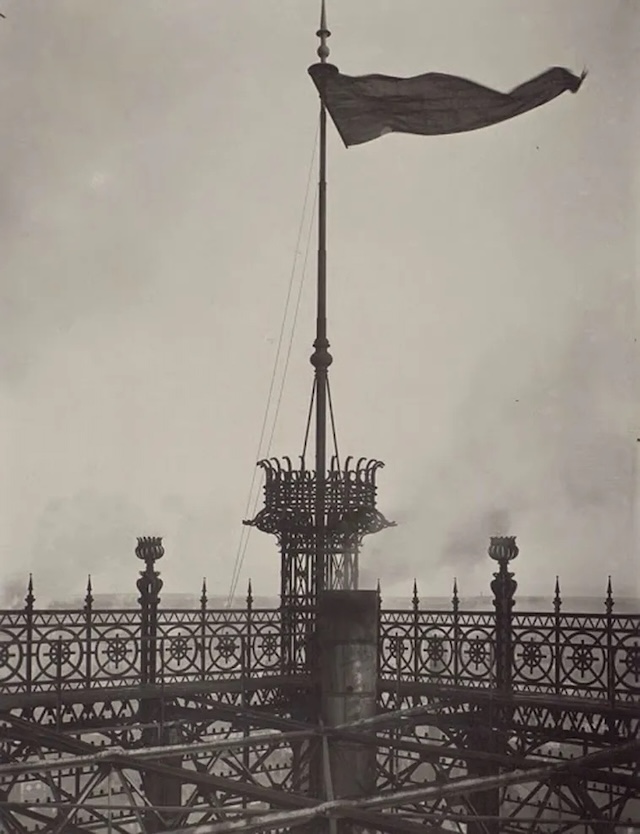
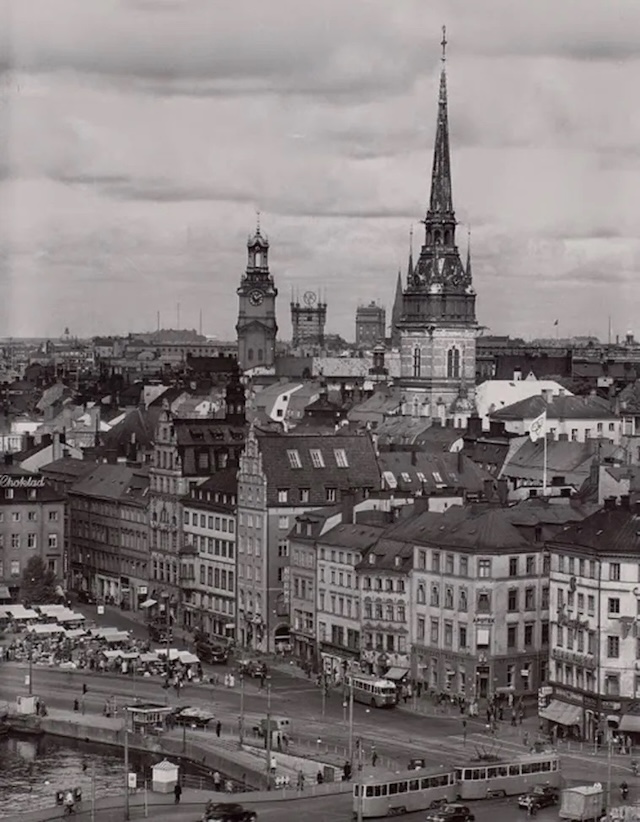
Legacy and Historical Significance
Although the Stockholm Telephone Tower no longer stands, its legacy lives on as a symbol of early telecommunication efforts. The tower represents the challenges and triumphs of a time when the telephone was still a new and often unreliable technology. Its role in shaping the development of communication in Stockholm cannot be understated, as it connected thousands of people in ways that were previously unimaginable.
Today, as we look back at the technological advancements that have made modern communication possible, the Stockholm Telephone Tower serves as a reminder of the ingenuity and determination that paved the way for the connected world we live in today.
Video
Watch this video to experience Stockholmsutställningen 1897 in stunning HD color with sound!



